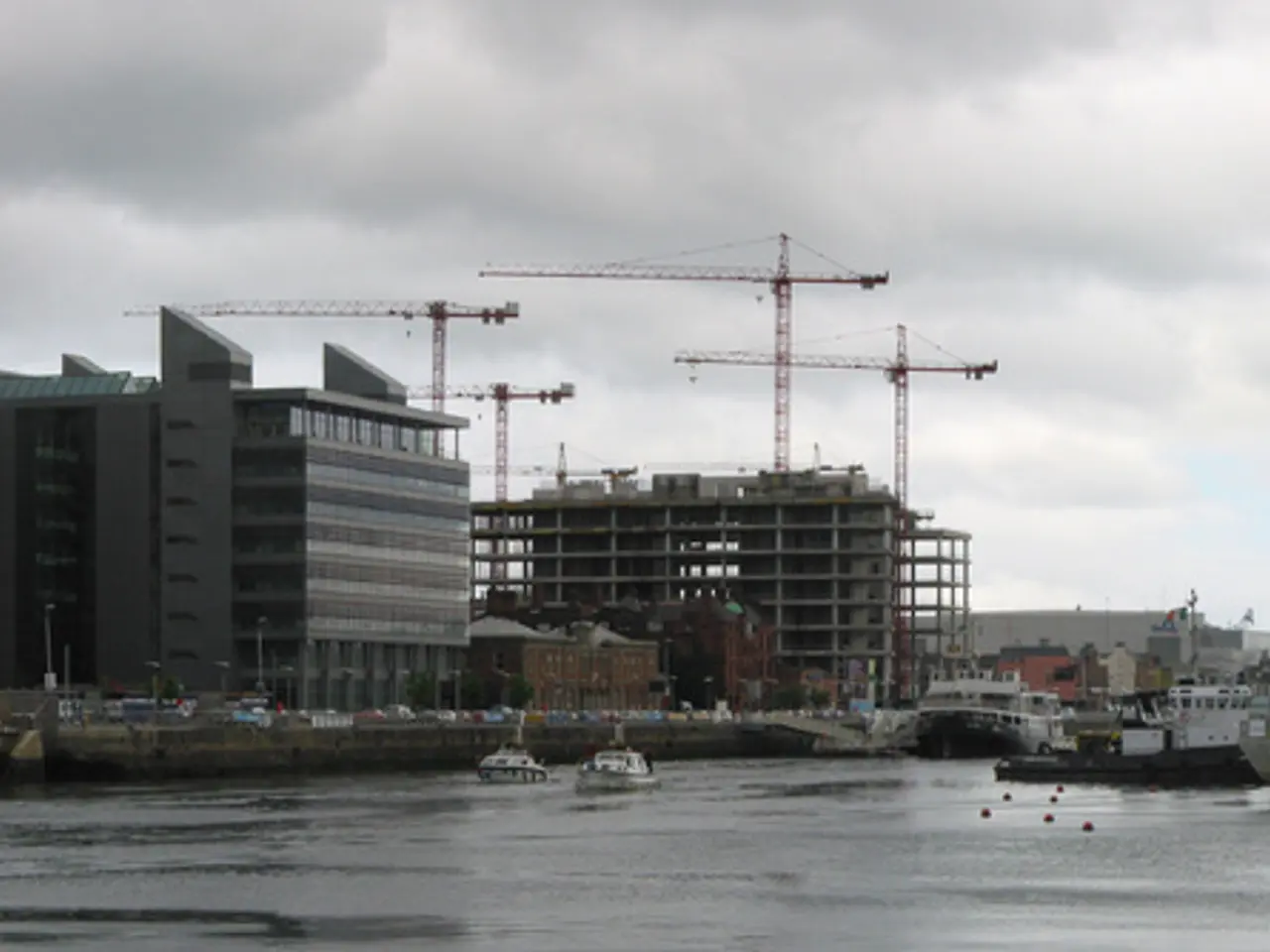Origin of the Nomenclature: An Explanation
Evolution of Lübeck's Lastadie: From Medieval Trade Hub to Modern Urban District
The history of Lastadie, located on the Wallhalbinsel along the Trave River in Lübeck, Germany, is deeply rooted in its role as a commercial and maritime centre during the medieval and early modern periods. Lastadie played a crucial part in Lübeck's growth as a significant Hanseatic League port from the 12th to the 17th centuries.
Originally, the name Lastadie was associated with shipbuilding and equipment sites on the Trave River, with the area serving as the designated zone for loading and unloading goods, storing commodities, and facilitating maritime trade. This district was instrumental in Lübeck's prosperity as a leading member of the Hanseatic League, which dominated Northern European trade during the late Middle Ages and Renaissance.
The architecture and urban structure of Lastadie reflect the commercial and nautical significance of Lübeck during these periods. Over time, the district evolved from a waterfront teeming with shipbuilding, cargo handling, and storage warehouses into a more modern urban area that preserved historical buildings, offering a glimpse into its mercantile past.
In modern times, Lastadie has undergone transformations to adapt to changes in shipping technology and urban development. Although its ancient warehouses and docks no longer serve their original industrial functions, many have been repurposed into cultural sites, offices, or residential spaces, maintaining the historical ambiance and maritime heritage along the Trave Riverfront.
However, Lastadie has experienced changes in its physical layout. During the redevelopment of Wallhalbinsel in the early 1990s, the Lastadie was discontinued, with the largest part disappearing and a small section being incorporated into the new course of Straße Auf der Wallhalbinsel, which was renamed Willy-Brandt-Allee. The Lastadie no longer connects Marienstraße at the turning bridge with Willy-Brandt-Allee.
In 1894, the southern part of the Lastadie lost its name due to the disappearance of old shipbuilding sites, and the northern section above the 1893-built turning bridge was renamed Behnkai in 1899. A new street named Lastadie was laid out in 1934, starting at Holstentorplatz and running parallel to Straße Auf der Wallhalbinsel.
The complete redevelopment of the Wallhalbinsel is currently underway, and the area continues to evolve, preserving its historic character while adapting to modern needs. Despite these changes, the charm and historical allure of the Trave River waterfront in Lübeck, including areas near Lastadie, remain appealing to visitors interested in the city's Hanseatic past and river views.
[1] Reference(s) for further reading can be added here if available.
The evolution of Lastadie extended beyond its historical role as a commercial and maritime center to include elements of a contemporary home-and-garden lifestyle, with several repurposed warehouses accommodating residential spaces. The transforming Lastadie, absorbed into Willy-Brandt-Allee, offers a unique blend of lifestyle and history along the Trave Riverfront.




